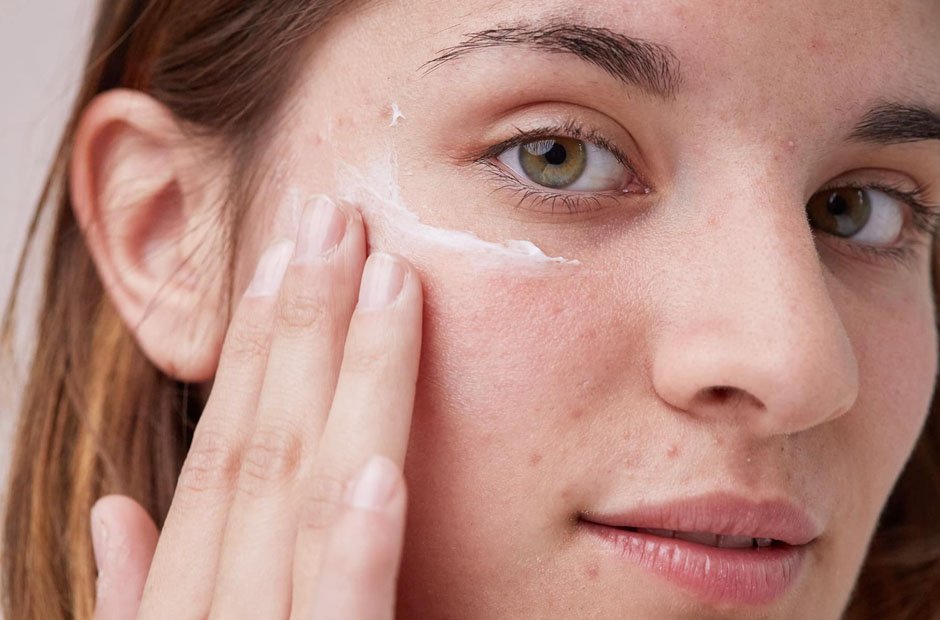Every person, regardless of gender, age, or ethnicity, desires to have clear, healthy-looking skin and beautiful, luscious eyelashes. However, the appearance of melasma and acne, as well as sparse or weak eyelashes, can greatly affect one’s confidence and self-esteem. In this article, we will explore the causes of these skin and lash issues, as well as effective treatments and preventative measures that can help restore and maintain your beauty.
Having healthy, glowing skin and long, voluminous eyelashes is a sign of beauty and confidence. Unfortunately, melasma, acne, and weak eyelashes can make us feel self-conscious and unattractive. In this article, we will examine the causes and treatments of these beauty issues, as well as preventative measures to help you maintain your beauty.
Preventing Melasma
Preventing melasma involves avoiding excessive sun exposure and using sunscreen with a high SPF. Wearing a hat or staying in the shade can also help protect your skin from the sun’s harmful rays. Additionally, avoiding hormonal changes, such as those caused by pregnancy or birth control pills, Triluma cream 15 mg can help prevent melasma from occurring.
Acne: The Culprit of Beauty
Acne is a common skin condition that affects millions of people worldwide. It occurs when hair follicles become clogged with oil and dead skin cells, resulting in pimples, blackheads, and whiteheads.
Causes of Acne
Acne is a common skin condition that affects people of all ages. It occurs when hair follicles become clogged with oil and dead skin cells, resulting in pimples, blackheads, and whiteheads. There are several factors that contribute to the development of acne, including:
- Excess oil production: The skin produces oil, or sebum, to keep it moisturized. However, excess oil production can cause clogged pores and acne.
- Dead skin cells: The skin naturally sheds dead skin cells, but when they combine with excess oil, they can clog pores and cause acne.
- Bacteria: Acne is often caused by the bacteria Propionibacterium acnes, which can grow in clogged pores and cause inflammation.
- Hormonal changes: Hormonal changes, such as those that occur during puberty, can cause an increase in oil production, leading to acne.
- Genetics: Acne can be hereditary, meaning that if your parents had acne, you may be more likely to develop it as well.
- Medications: Certain medications, such as steroids or birth control pills, can cause acne as a side effect.
Prevent Acne
preventing acne can be a challenge, but there are several steps you can take to reduce your risk of developing this common skin condition. Here are some tips for preventing acne:
- Keep your skin clean: Wash your face twice a day with a gentle cleanser to remove excess oil, dirt, and dead skin cells.
- Don’t touch your face: Avoid touching your face throughout the day, as your hands can transfer bacteria and oil to your skin.
- Use non-comedogenic products: Look for products labeled as non-comedogenic, which means they won’t clog your pores.
- Manage stress: Stress can contribute to acne, so it’s important to find ways to manage stress in your daily life.
- Avoid tight clothing: Tight clothing, such as hats or headbands, can cause friction and trap sweat against your skin, leading to acne.
- Be gentle with your skin: Avoid scrubbing your skin too hard or using harsh exfoliants, as this can irritate your skin and cause acne.
- Avoid sun exposure: Too much sun exposure can damage your skin and cause acne, so it’s important to use sunscreen and limit your time in the sun.
Read More: https://www.careprosteyedrops.com/can-i-use-tretinoin-cream-every-night/
By following these tips, you can help prevent acne and keep your skin looking healthy and clear. However, if you do develop acne, there are several treatment options available, including over-the-counter medications, prescription medications, and professional treatments such as chemical peels or laser therapy.
Weak or sparse eyelashes can be caused by a variety of factors, including:
- Aging: As we age, our lashes can become thinner and weaker.
- Nutritional deficiencies: A lack of vitamins and minerals, such as biotin and iron, can lead to weak lashes.
- Eye infections: Certain eye infections, such as blepharitis, can cause lash loss.
- Eyelash extensions: Repeated use of eyelash extensions can damage the natural lashes and cause them to fall out.
- Medical conditions: Certain medical conditions, such as hypothyroidism, can cause lash loss.
- Medications: Certain medications, such as chemotherapy drugs, can cause lash loss as a side effect.
Treatment options for weak or sparse eyelashes include:
- Lash serums: Careprost Lash serums containing ingredients like peptides and biotin can help promote lash growth and thickness.
- Mascara: Using a volumizing mascara can help make lashes appear thicker.
- Lash extensions: While repeated use of lash extensions can damage lashes, getting them applied by a professional can be a temporary solution for sparse lashes.
- Nutritional supplements: Taking supplements containing biotin and other vitamins and minerals can help promote lash growth.
- Lash lifts: A lash lift can help curl and lift natural lashes, making them appear thicker and more voluminous.
- Medical treatments: In severe cases, medical treatments such as prostaglandin analogs may be prescribed to promote lash growth.
By identifying the cause of weak or sparse eyelashes and seeking appropriate treatment, it is possible to improve the appearance of lashes and boost confidence.
















